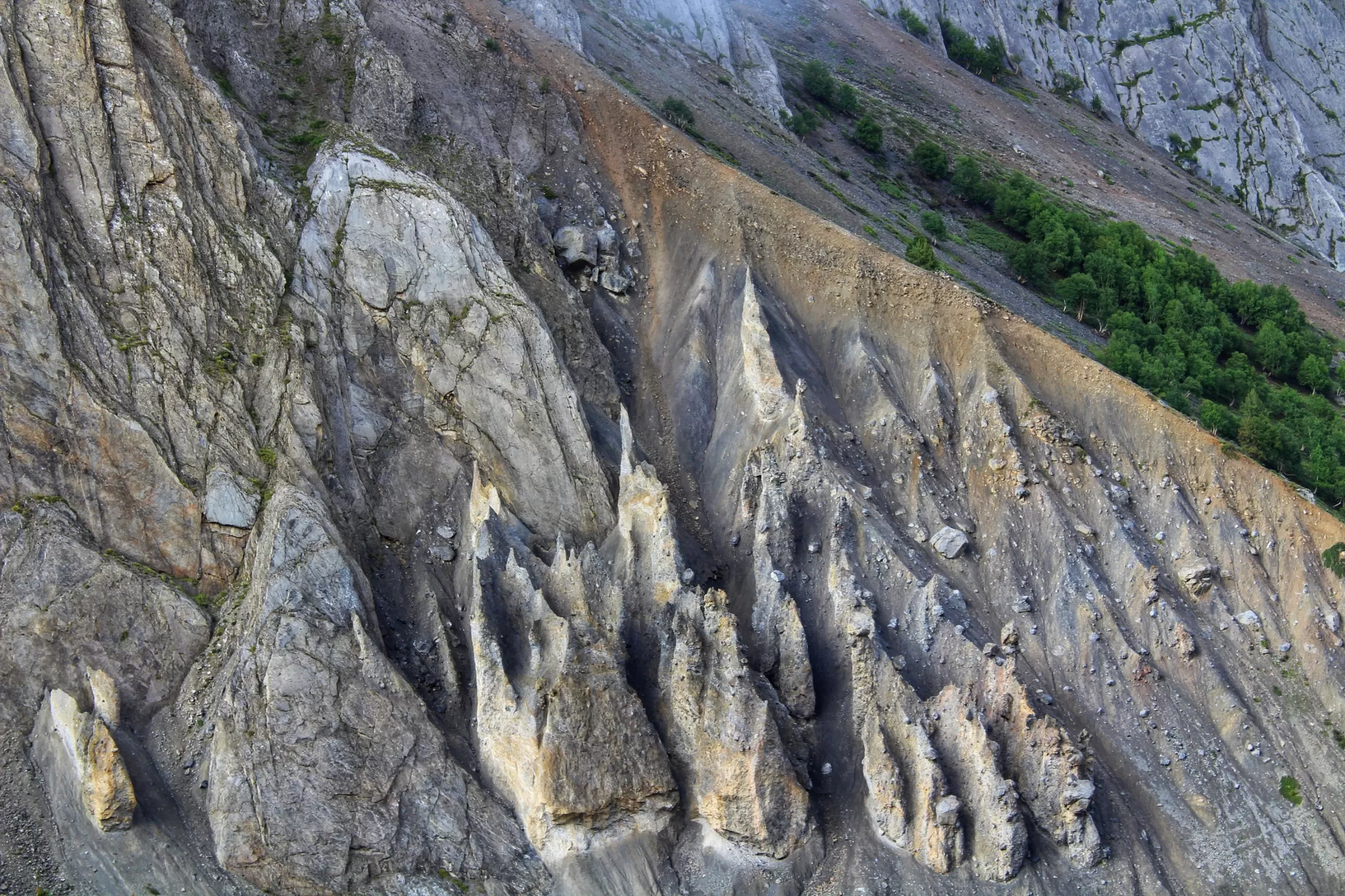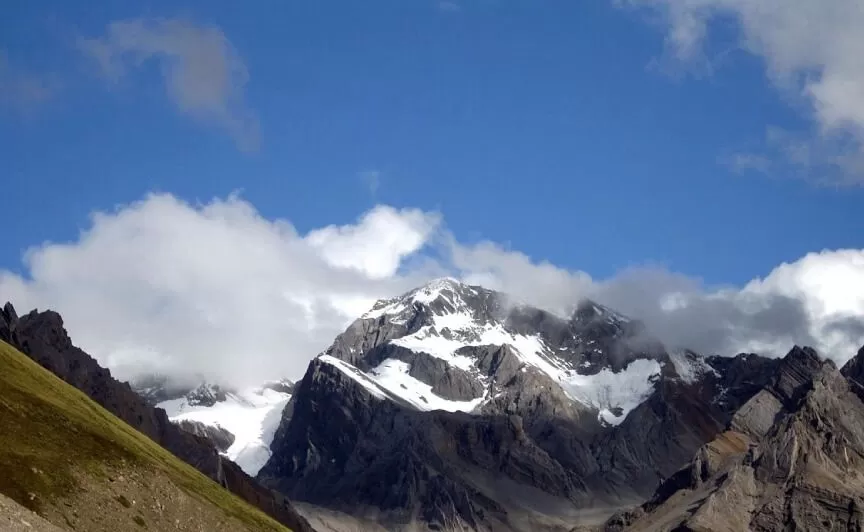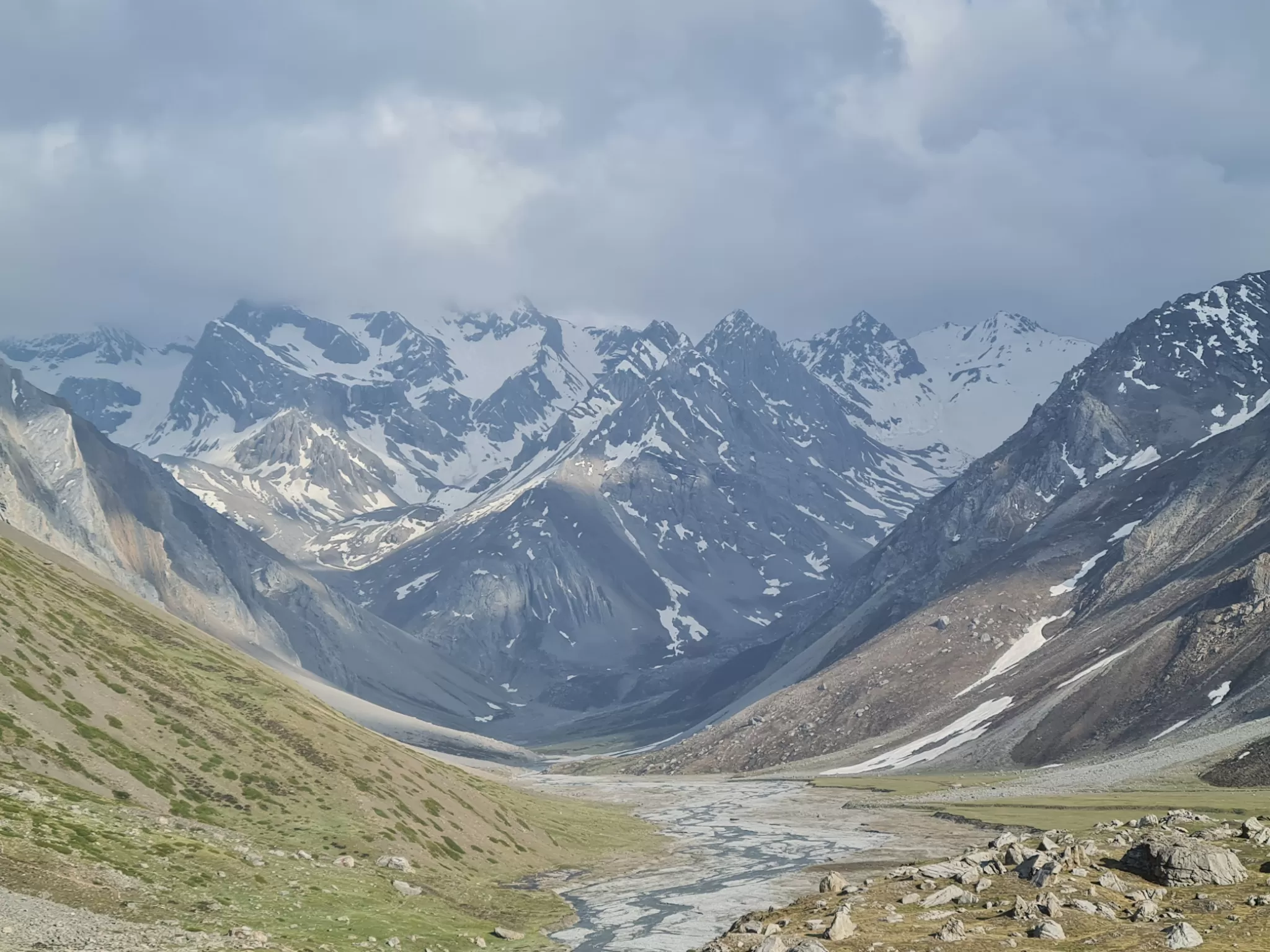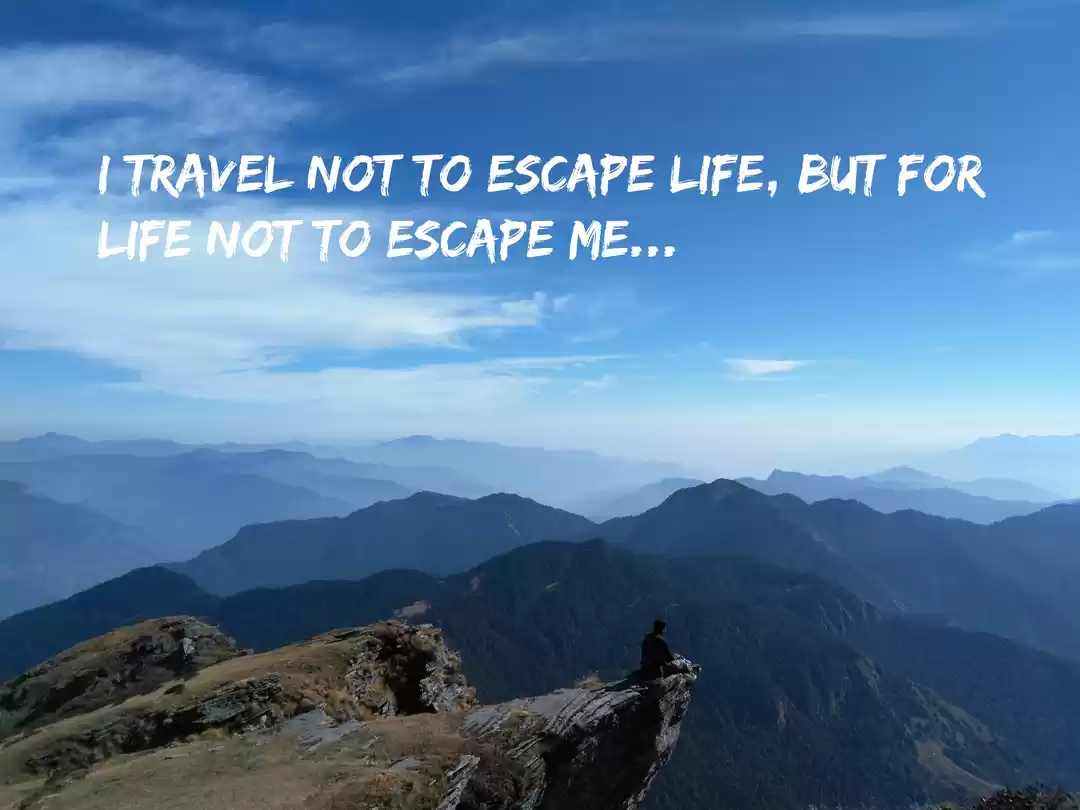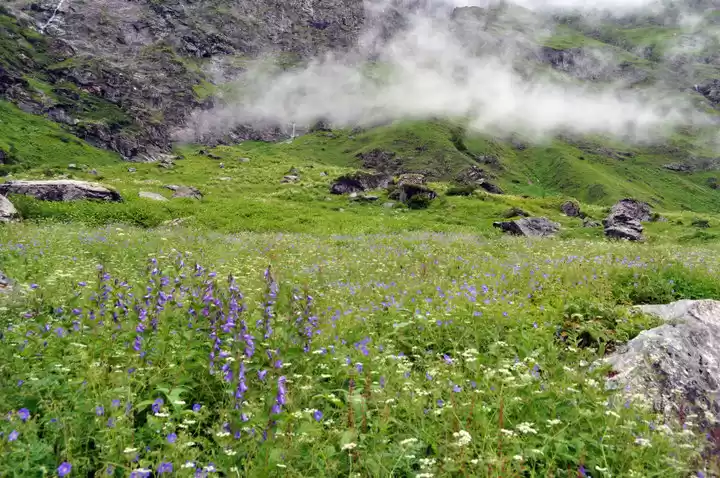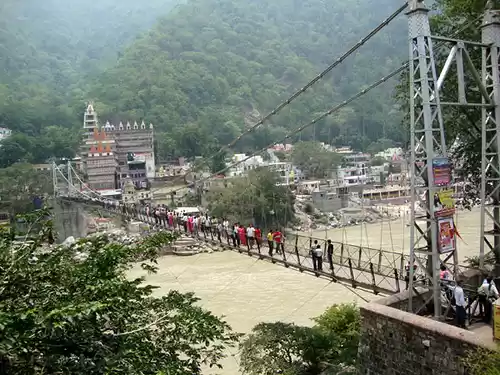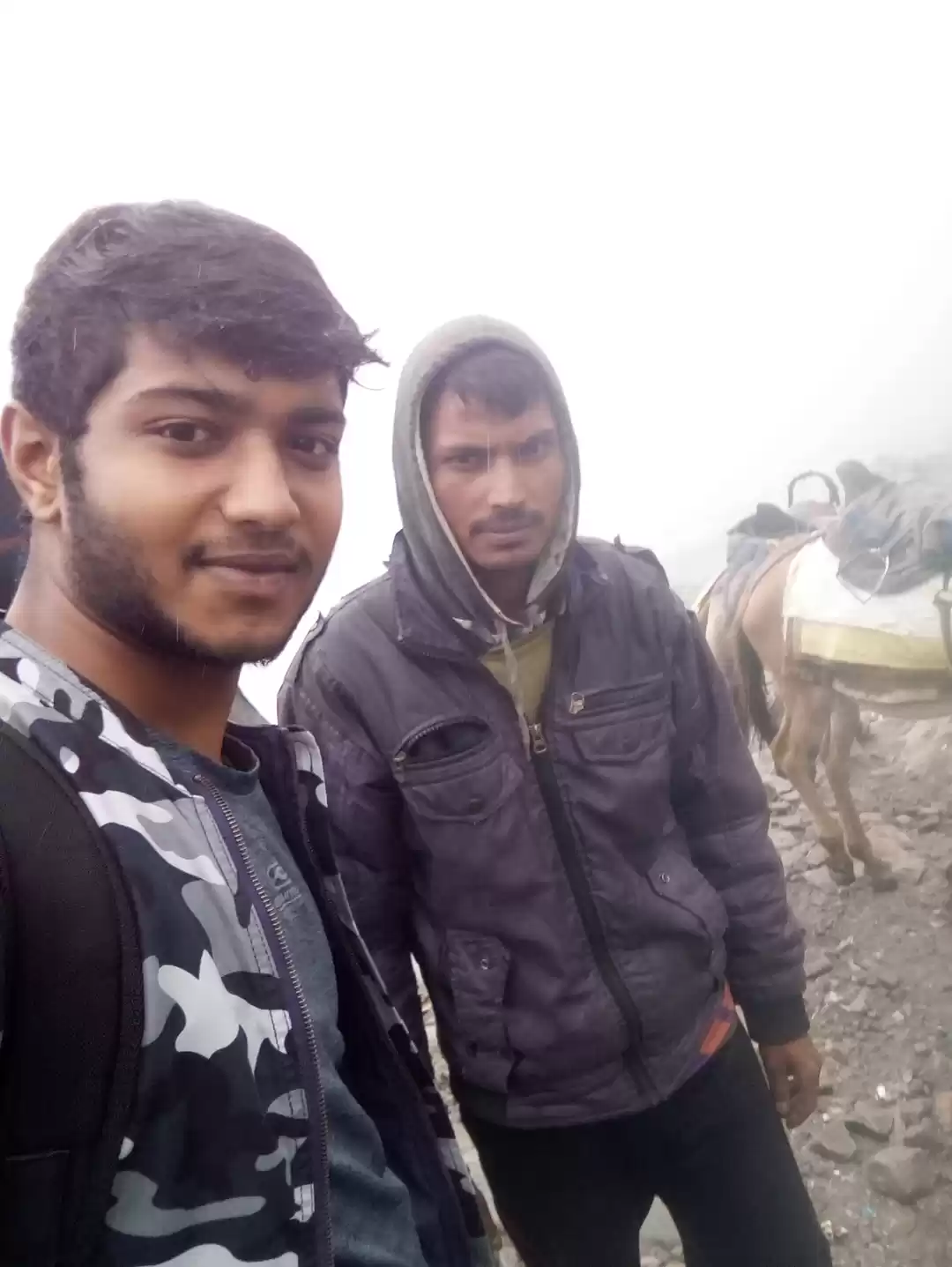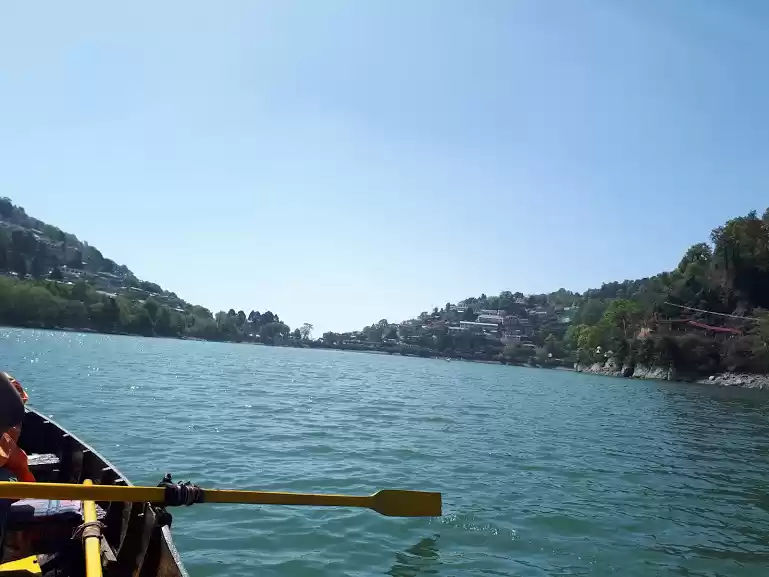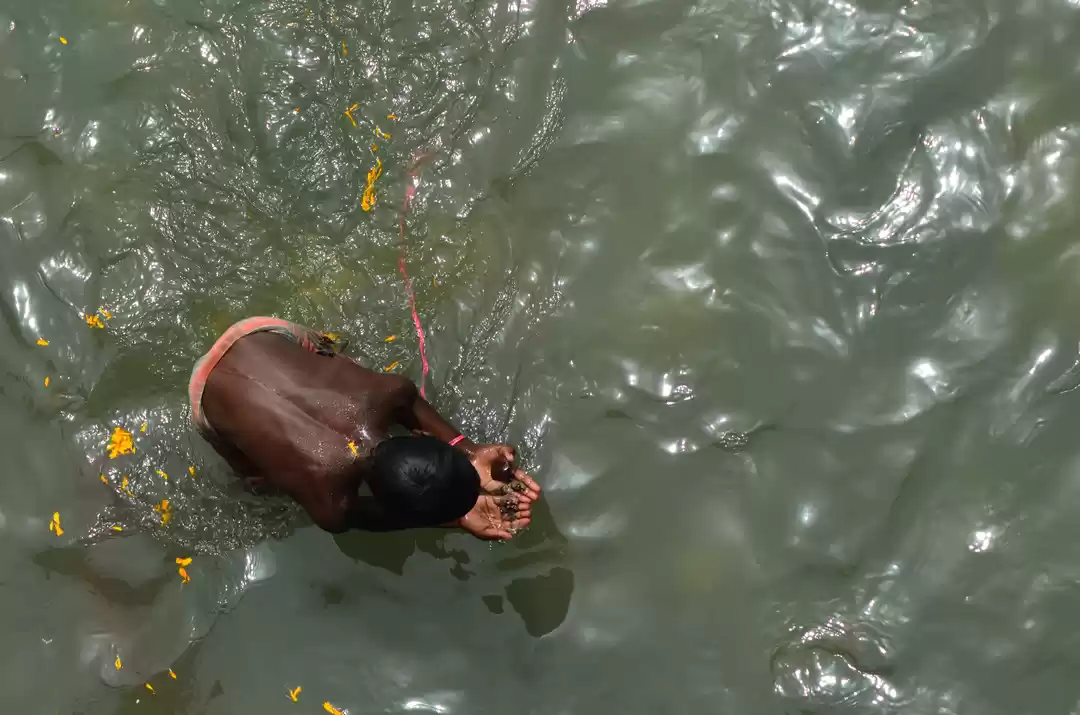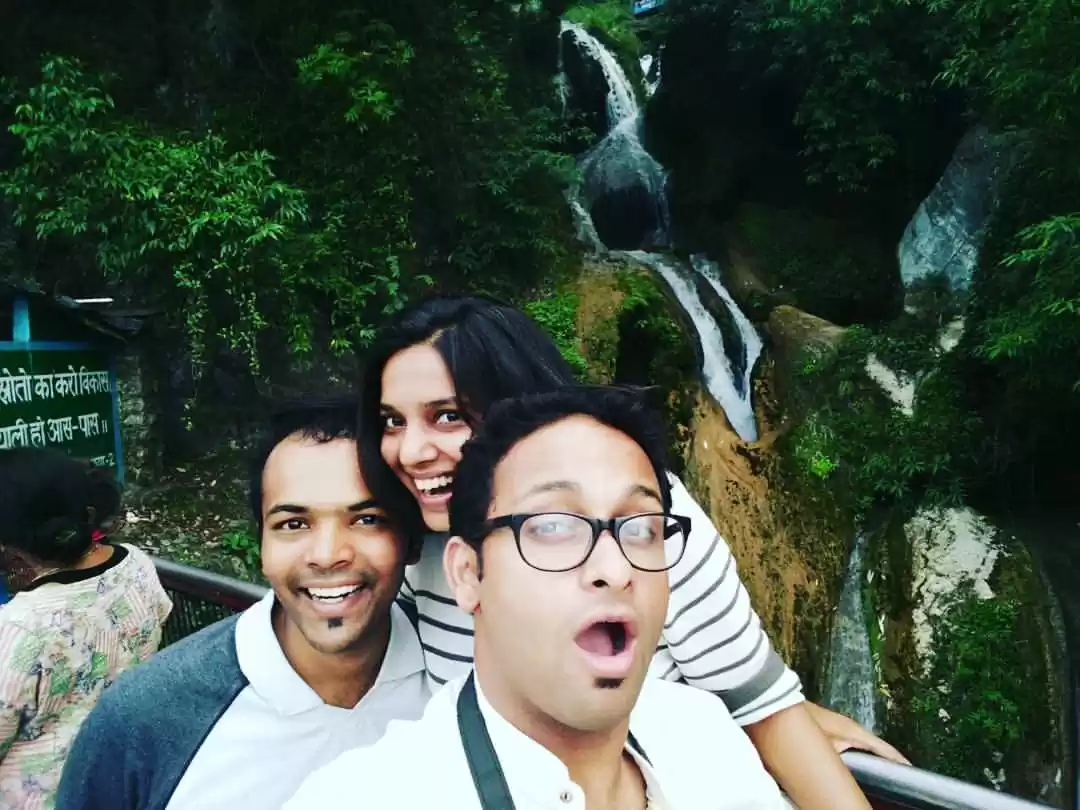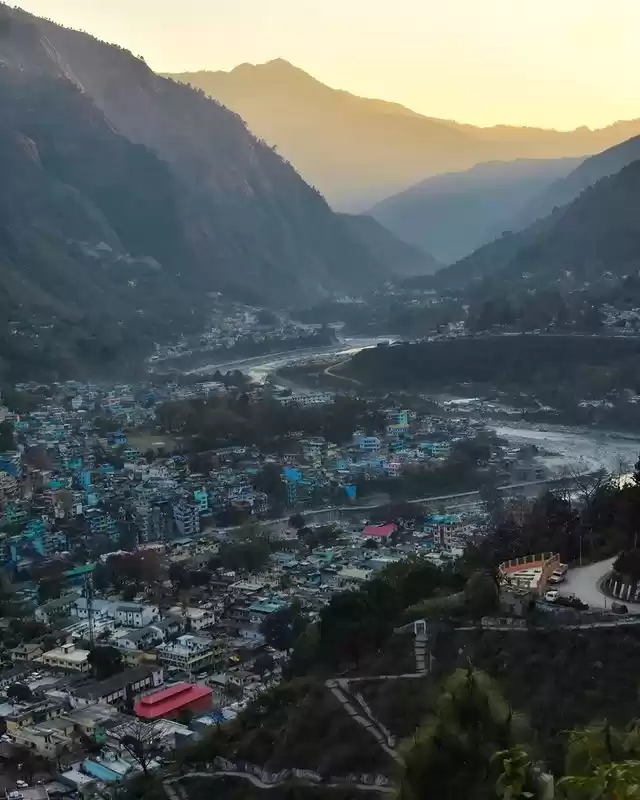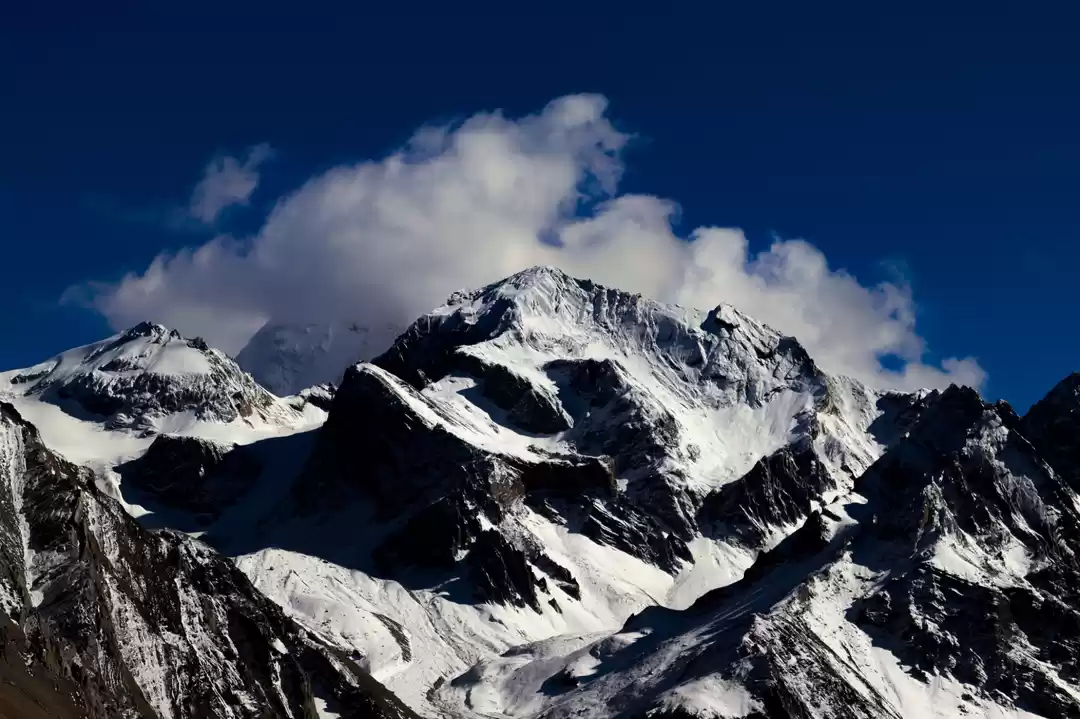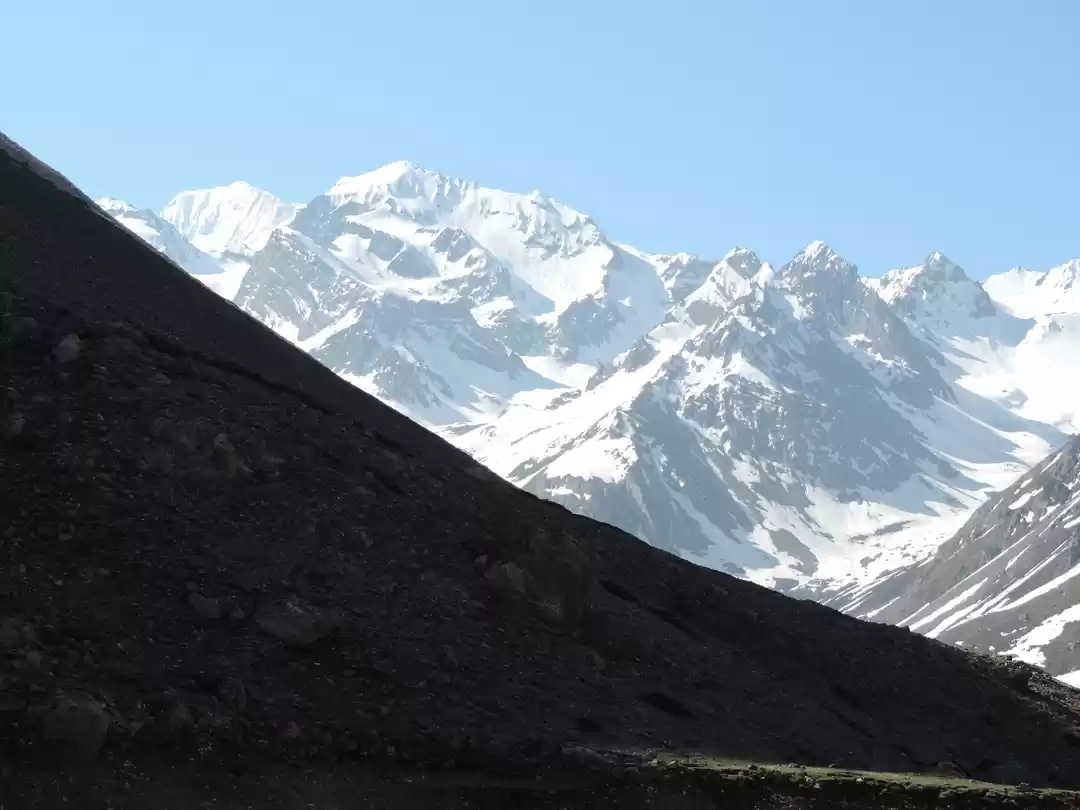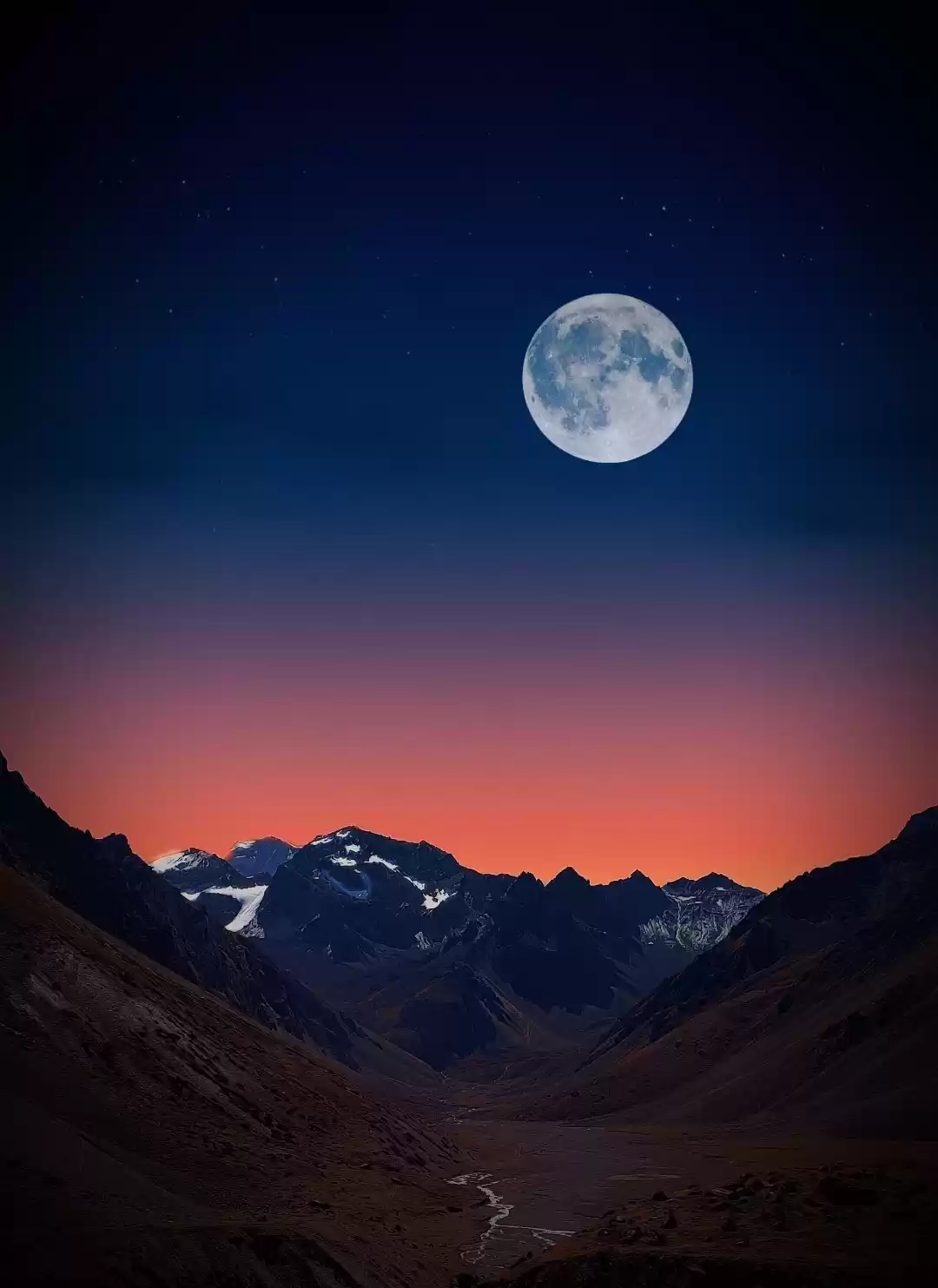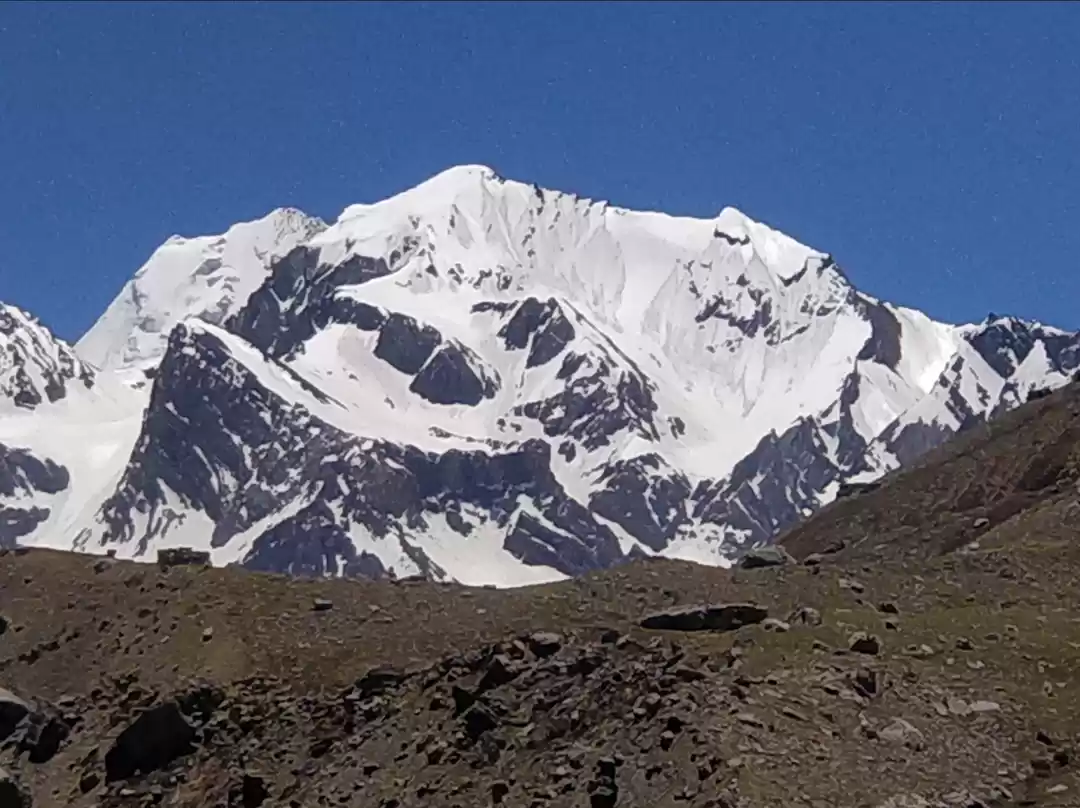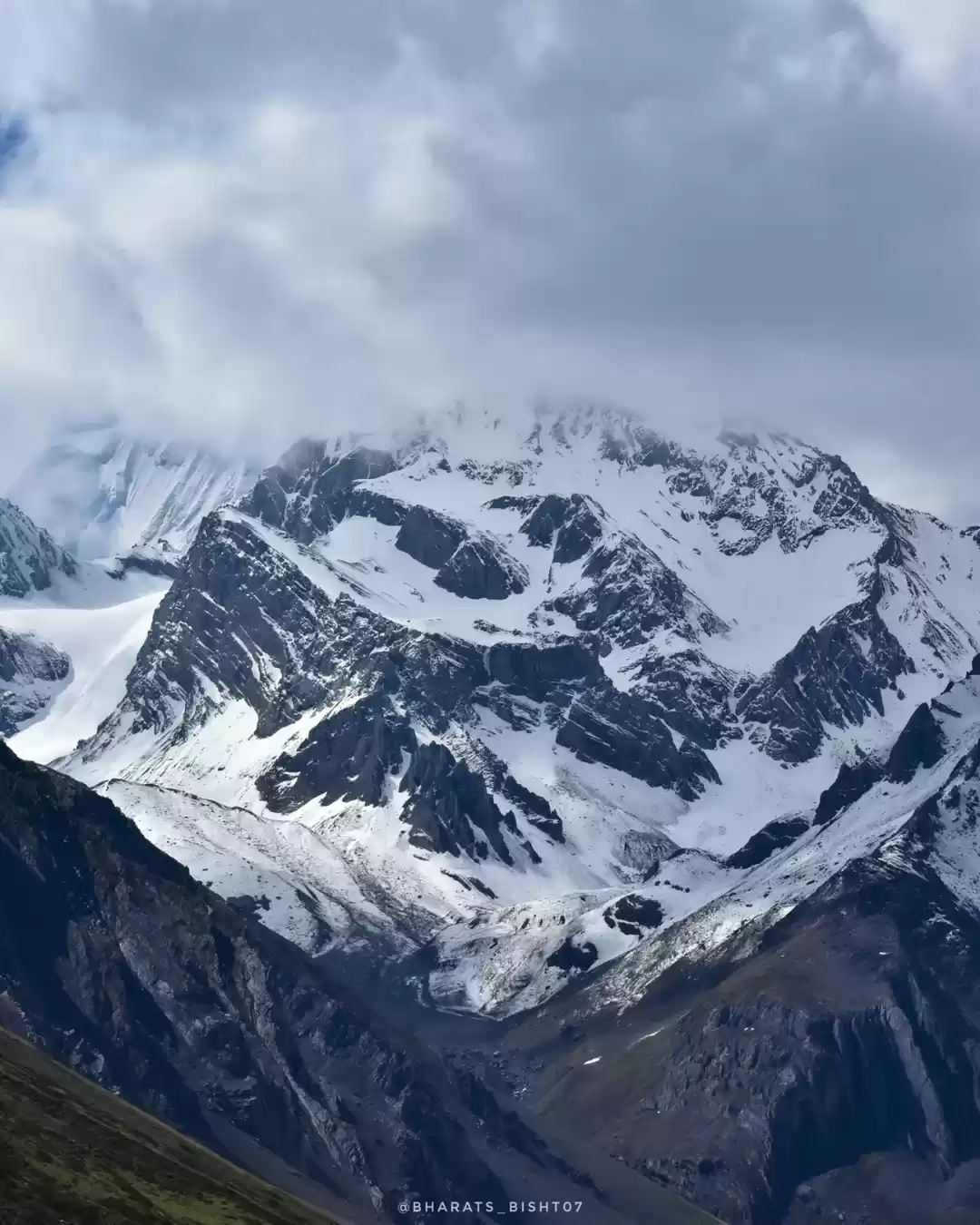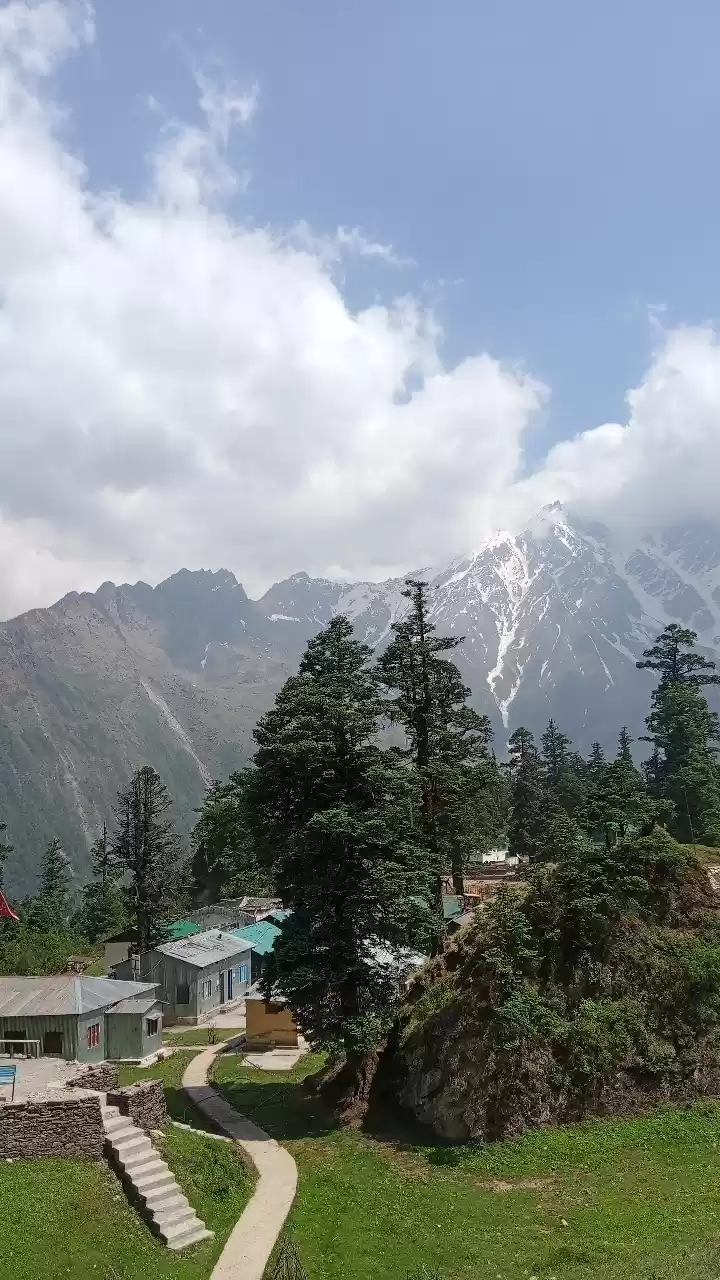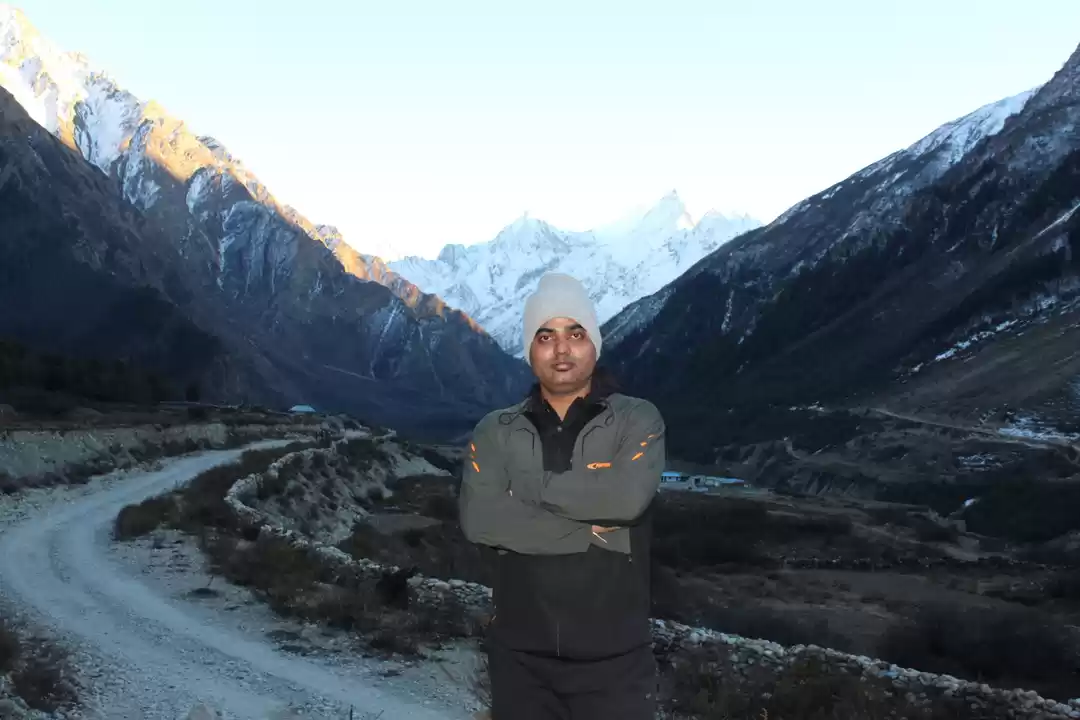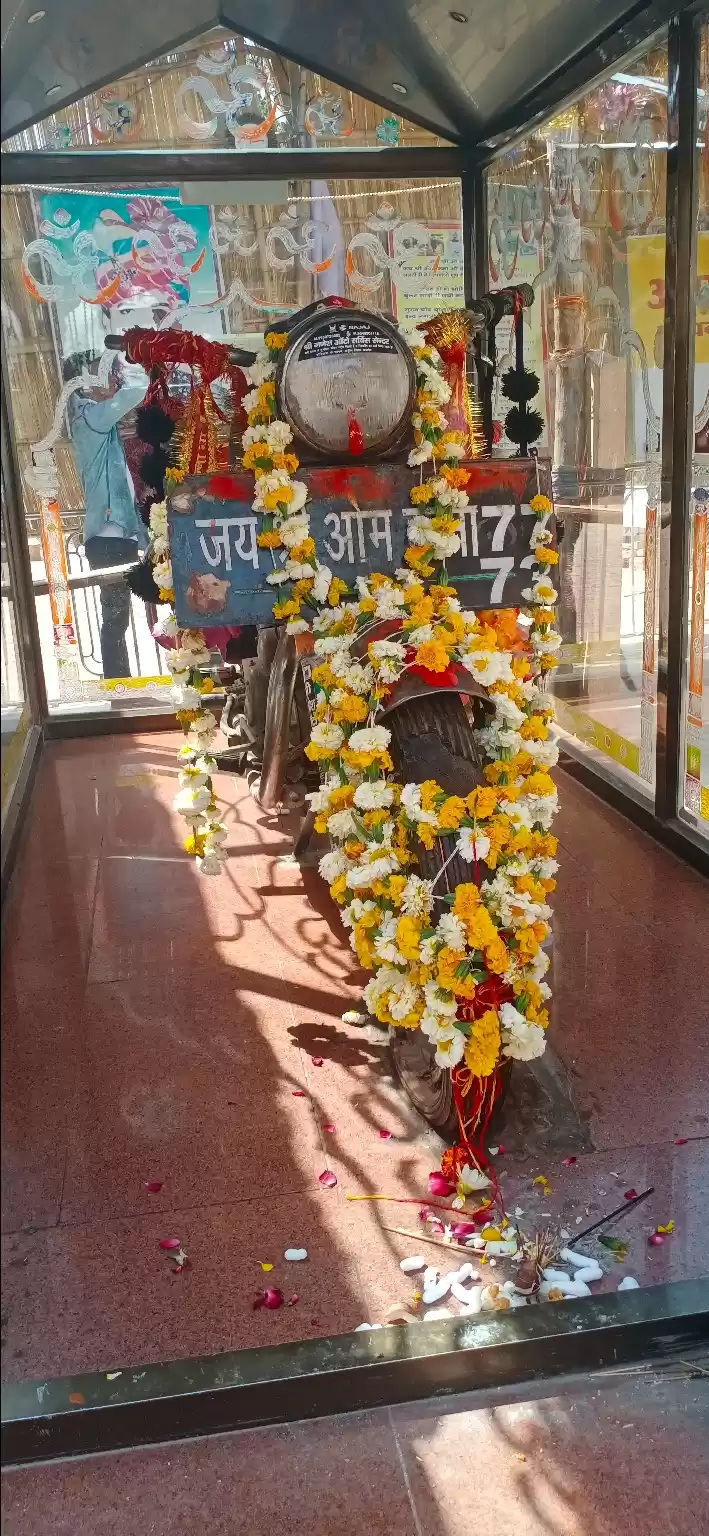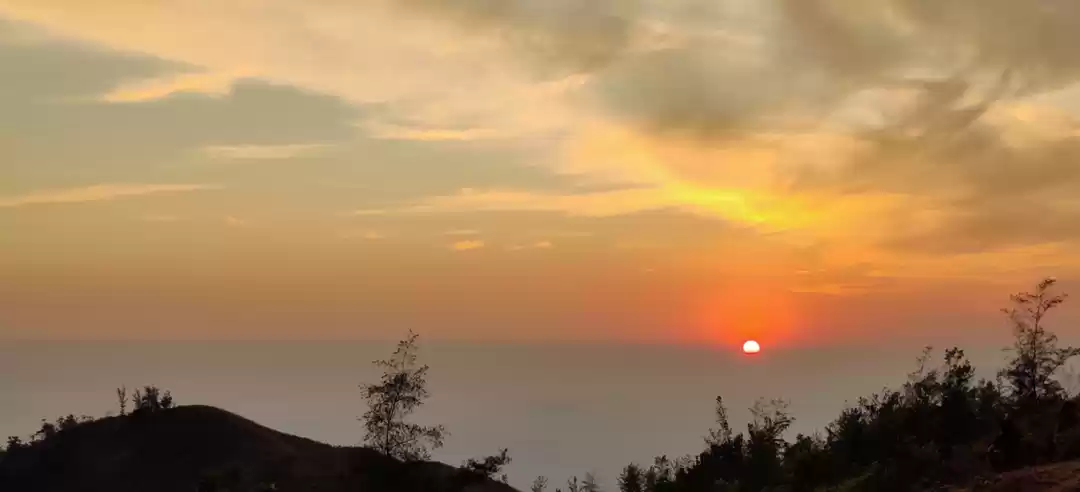Discover the fascinating facts, myths, and legends behind Om Parvat, a Himalayan peak that resembles the sacred Hindu symbol of Om. Learn how to visit this divine destination and what to expect from this amazing adventure.
Om Parvat is a mountain in the Himalayas that has a natural snow formation resembling the Hindu symbol of Om. It is considered to be one of the most sacred and mysterious places in India.
In this article, we will explore the history, geography, spirituality, and adventure aspects of Om Parvat and how you can visit this divine destination.

What is Om Parvat and How Did It Get Its Name?
Om Parvat is a mountain that stands at an elevation of 6,191 meters (20,312 feet) in the Kumaon Himalayas in Uttarakhand, India. It is part of the Trans-Himalayan range that extends from Tibet to Nepal. It is also known as Adi Kailash, Chhota Kailash, Baba Kailash, or Jonglingkong Peak.
What makes Om Parvat unique and special is the snow formation on its south face that resembles the Hindu symbol of Om. Om is the most sacred sound and symbol in Hinduism and other religions such as Buddhism, Jainism, and Sikhism. It represents the supreme reality, the source of all creation, and the essence of life.
The snow formation on Om Parvat is visible only when the sun rays fall on it at a certain angle and time. It is believed that the snow formation changes its shape and size according to the seasons and the phases of the moon. Many people consider it to be a miracle and a sign of divine intervention.
Origin of the Name Om Parvat
The name Om Parvat means “the mountain of Om”. It was given by the Survey of India in 2006 after verifying its existence and location. Before that, the mountain was known by different names by different people who discovered it or visited it.
The first recorded mention of Om Parvat was by a British explorer named Frank Smythe in 1931. He called it Jonglingkong Peak after a nearby lake. He also noticed the snow formation on its south face but did not recognize it as Om.
The next mention of Om Parvat was by an Indian explorer named Nain Singh Rawat in 1962. He called it Baba Kailash after a local legend that said it was the abode of an ancient sage named Baba Haidakhan. He also saw the snow formation on its south face but did not associate it with Om.
The first person who identified the snow formation on Om Parvat as Om was an Indian pilgrim named Bhai Mardana in 1986. He called it Adi Kailash after another local legend that said it was the original home of Lord Shiva before he moved to Mount Kailash in Tibet. He also claimed that he heard a voice from the mountain saying “Om Namah Shivaya”, which means “I bow to Lord Shiva”.
Since then, many people have visited Om Parvat and called it by different names such as Chhota Kailash (meaning “the smaller Kailash”) or simply Om Parvat. The name Om Parvat became popular after it was officially adopted by the Survey of India in 2006.
Where is Om Parvat Located and How to Reach It?
Om Parvat is located near the India-Nepal-China trijunction in the Pithoragarh district of Uttarakhand, India. It lies on the border between India and Nepal and is close to the border with China. It is about 350 kilometers (217 miles) from Delhi, the capital city of India.
Om Parvat is part of the Kumaon Himalayas, which are known for their natural beauty, cultural diversity, and religious significance. The region around Om Parvat has a varied terrain consisting of valleys, rivers, glaciers, lakes, forests, meadows, and villages. The climate of the region is cold and dry with heavy snowfall in winter and moderate rainfall in summer. The flora and fauna of the region include alpine flowers, herbs, pine trees, rhododendrons, junipers, yaks, sheep, goats, leopards, bears, foxes, wolves, deer, musk deer, etc.
Travel Options and Itinerary for Om Parvat
There are different ways to reach Om Parvat depending on your preference, budget, and time. You can choose to travel by road, rail, air, or trekking. Here is a suggested itinerary for visiting Om Parvat from Delhi:
Day 1: Travel from Delhi to Kathgodam by train (about 6 hours) and then to Almora by road (about 3 hours). Stay overnight at Almora.
Day 2: Travel from Almora to Dharchula by road (about 8 hours). Stay overnight at Dharchula.
Day 3: Travel from Dharchula to Mangti by road (about 1 hour) and then to Tawaghat by trekking (about 3 hours). Stay overnight at Tawaghat.
Day 4: Trek from Tawaghat to Pangu (about 5 hours). Stay overnight at Pangu.
Day 5: Trek from Pangu to Sirkha (about 5 hours). Stay overnight at Sirkha.
Day 6: Trek from Sirkha to Gala (about 4 hours). Stay overnight at Gala.
Day 7: Trek from Gala to Budhi (about 5 hours). Stay overnight at Budhi.
Day 8: Trek from Budhi to Gunji (about 6 hours). Stay overnight at Gunji.
Day 9: Trek from Gunji to Kutti (about 6 hours). Stay overnight at Kutti.
Day 10: Trek from Kutti to Jollingkong (about 5 hours). Stay overnight at Jollingkong.
Day 11: Trek from Jollingkong to Om Parvat base camp (about 3 hours) and back to Jollingkong (about 3 hours). Enjoy the view of Om Parvat and its snow formation. Stay overnight at Jollingkong.
Day 12: Trek from Jollingkong to Kutti (about 5 hours). Stay overnight at Kutti.
Day 13: Trek from Kutti to Gunji (about 6 hours). Stay overnight at Gunji.
Day 14: Trek from Gunji to Budhi (about 6 hours). Stay overnight at Budhi.
Day 15: Trek from Budhi to Gala (about 5 hours). Stay overnight at Gala.
Day 16: Trek from Gala to Sirkha (about 4 hours). Stay overnight at Sirkha.
Day 17: Trek from Sirkha to Pangu (about 5 hours). Stay overnight at Pangu.
Day 18: Trek from Pangu to Tawaghat (about 5 hours) and then travel to Dharchula by road (about 1 hour). Stay overnight at Dharchula.
Day 19: Travel from Dharchula to Almora by road (about 8 hours). Stay overnight at Almora.
Day 20: Travel from Almora to Kathgodam by road (about 3 hours) and then to Delhi by train (about 6 hours).
To visit Om Parvat, you need to obtain a permit from the District Magistrate of Pithoragarh or the Indo-Tibetan Border Police. You also need to carry your passport, visa, identity proof, and medical certificate. You can hire a guide, porter, cook, or mule for your trekking. You can also join a group tour organized by a travel agency or a pilgrimage organization.
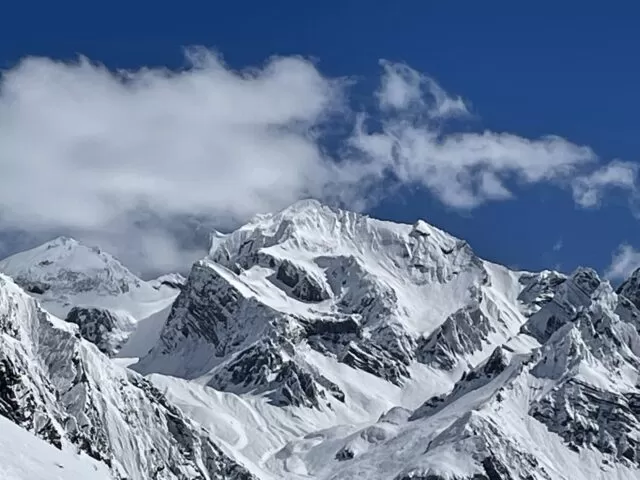
Why is Om Parvat Considered Sacred and What are Its Legends?
Om Parvat is revered by Hindus as a manifestation of Lord Shiva and his abode. Lord Shiva is one of the main deities in Hinduism and is known as the destroyer, the transformer, the yogi, the ascetic, the lover, and the protector. He is worshipped in various forms such as a lingam, a human-like figure, or an animal.
Om Parvat is also associated with other Hindu deities such as Ganesha, Kartikeya, Parvati, Nandi, etc. Ganesha is the elephant-headed son of Shiva and Parvati and is known as the remover of obstacles, the lord of success, the patron of arts and sciences, and the god of wisdom. Kartikeya is the six-headed son of Shiva and Parvati and is known as the commander of the gods, the lord of war, the god of youth, beauty, and valor. Parvati is the consort of Shiva and is known as the mother goddess, the goddess of love, fertility, devotion, power, and beauty. Nandi is the bull that serves as the vehicle and gatekeeper of Shiva and is known as the symbol of strength, loyalty, and devotion.
The rituals, ceremonies, and festivals that are performed by devotees at Om Parvat include:
Om Parvat Yatra: A pilgrimage to Om Parvat that is undertaken by thousands of people every year. The yatra starts from Dharchula and follows the ancient route of Kailash Mansarovar Yatra. The yatra involves trekking through high altitudes, crossing rivers, glaciers, and passes, and visiting sacred places along the way. The yatra is considered to be a test of faith, endurance, and devotion.
Shivaratri: A festival that celebrates the marriage of Shiva and Parvati and the night when Shiva performed his cosmic dance. The festival is observed on the 14th night of the dark fortnight in the month of Phalguna (February-March). The festival involves fasting, praying, chanting, offering flowers, fruits, milk, and water to Shiva, and staying awake all night.
Ganesha Chaturthi: A festival that celebrates the birthday of Ganesha and his victory over the demon king Bali. The festival is observed on the fourth day of the bright fortnight in the month of Bhadrapada (August-September). The festival involves installing clay idols of Ganesha, worshipping him with sweets, fruits, flowers, and incense, and immersing the idols in water after 10 days.
Kartik Purnima: A festival that celebrates the birth of Kartikeya and his slaying of the demon Tarakasura. The festival is observed on the full moon day in the month of Kartik (October-November). The festival involves bathing in holy rivers or lakes, lighting lamps, offering food and clothes to the poor, and worshipping Kartikeya with flowers, fruits, and milk.
Myths and Legends of Om Parvat
Om Parvat is surrounded by many myths and legends that add to its mystery and charm. Some of the popular myths and legends related to Om Parvat are:
The story of Ravana’s penance and Shiva’s boon at Adi Kailash: According to this legend, Ravana, the king of Lanka and a great devotee of Shiva, performed a severe penance at Adi Kailash to please Shiva and obtain his boon. He cut off his 10 heads one by one and offered them as a sacrifice to Shiva. Shiva was pleased with his devotion and restored his heads. He also granted him a boon that he could not be killed by any god or demon. Ravana asked for Shiva’s lingam as a symbol of his blessing and carried it with him to Lanka. However, he was tricked by the gods to place it on the ground at a place called Trilokinath. The lingam became fixed there and could not be moved by anyone. Ravana realized his mistake and cursed the place to be always covered by snow. This place is now known as Adi Kailash or Baba Kailash.
The story of Ganesha’s birth and elephant head at Chhota Kailash: According to this legend, Parvati, the consort of Shiva, created a boy from the dirt of her body and asked him to guard the entrance of her cave while she was bathing. Shiva returned from his meditation and tried to enter the cave but was stopped by the boy who did not recognize him. Shiva became angry and cut off the boy’s head with his trident. Parvati came out of the cave and saw what had happened. She was grief-stricken and demanded that Shiva restore her son’s life. Shiva agreed but could not find the boy’s head. He then asked his followers to bring him the head of any creature they could find. They brought him the head of an elephant that was lying near a lake called Chhota Kailash. Shiva placed the elephant head on the boy’s body and revived him. He also named him Ganesha and declared him to be his son and the lord of all beings. This lake is now known as Chhota Kailash or Ganesha Kailash.
The story of Kartikeya’s war with Tarakasura and his retreat at Jonglingkong Lake: According to this legend, Kartikeya, the son of Shiva and Parvati, was born to kill Tarakasura, a powerful demon who had obtained a boon from Brahma that he could only be killed by Shiva’s son. Kartikeya led an army of gods against Tarakasura and fought a fierce battle with him. He finally killed him with his spear called Vel or Shakti. However, he was wounded in the process and decided to retreat to a lake called Jonglingkong Lake to heal himself. He also left his spear at the lake as a sign of his victory. The lake is now known as Jonglingkong Lake or Kartikeya Lake. It has a floating island with a Shiva lingam on it that is said to be Kartikeya’s spear. The story of Nandi’s transformation into a stone bull at Nabhidhang: According to this legend, Nandi, the bull that serves as the vehicle and gatekeeper of Shiva, was once cursed by a sage named Durvasa for not allowing him to meet Shiva. The curse turned Nandi into a stone bull and made him immobile. Shiva was saddened by this and decided to visit Nandi every year on the day of Shivaratri. He also blessed Nandi that whoever sees him in his stone form will be freed from all sins and attain salvation. This place is now known as Nabhidhang or Nandi Kund.
The story of Shiva’s dance and creation of Gauri Kund at Kalapani: According to this legend, Shiva once performed his cosmic dance called Tandava at a place called Kalapani to express his joy and power. His dance was so intense and vigorous that it caused the earth to shake and the mountains to crumble. He also created a hot spring from his sweat that gushed out from his matted hair. He named the spring Gauri Kund after his consort Parvati, who is also known as Gauri. He also invited Parvati to join him in his dance and blessed the place with his presence. This place is now known as Kalapani or Kali Sthal.
What are the Attractions and Activities Around Om Parvat?
Om Parvat is not only a destination in itself but also a gateway to many other places of interest in the Himalayas. Some of the places to visit near Om Parvat are:
Adi Kailash: A mountain that resembles Mount Kailash in Tibet and is believed to be the original abode of Lord Shiva. It is located about 15 kilometers (9 miles) from Om Parvat and has a height of 6,191 meters (20,312 feet). It has a temple dedicated to Shiva and Parvati on its summit and a lake called Parvati Sarovar at its base. It is also known as Baba Kailash or Shiva Kailash.
Chhota Kailash: A mountain that is considered to be the birthplace of Lord Ganesha and has a rock formation resembling his elephant head. It is located about 12 kilometers (7 miles) from Om Parvat and has a height of 6,050 meters (19,849 feet). It has a temple dedicated to Ganesha on its summit and a lake called Ganesha Sarovar at its base. It is also known as Ganesha Kailash or Lamba Parvat.
Jonglingkong Lake: A glacial lake that is considered to be the resting place of Lord Kartikeya and has a floating island with a Shiva lingam on it. It is located about 4 kilometers (2 miles) from Om Parvat and has an altitude of 4,800 meters (15,748 feet). It has a temple dedicated to Kartikeya on its shore and a lake called Kartikeya Sarovar at its base. It is also known as Kartikeya Lake or Jolingkong Lake.
Nabhidhang: A village that has a stone bull that is believed to be Nandi, the vehicle and gatekeeper of Lord Shiva. It is located about 18 kilometers (11 miles) from Om Parvat and has an altitude of 3,800 meters (12,467 feet). It has a temple dedicated to Nandi on its edge and a view point that offers a panoramic view of Om Parvat and its snow formation. It is also known as Nandi Kund or Nanda Devi Kund.
Kalapani: A place that has the source of the Kali River and a hot spring called Gauri Kund where Lord Shiva performed his cosmic dance. It is located about 22 kilometers (14 miles) from Om Parvat and has an altitude of 3,600 meters (11,811 feet). It has a temple dedicated to Kali, the goddess of death and destruction, on its bank and a bridge that connects India and Nepal. It is also known as Kali Sthal or Kali Temple.
Activities to Do Near Om Parvat
Om Parvat offers a variety of activities for different types of travellers who want to experience the Himalayas in different ways. Some of the activities to do near Om Parvat are:
Trekking: Enjoy the scenic views and challenging trails of the Himalayas while trekking to Om Parvat and its surrounding places. You can choose from different routes and durations depending on your level of fitness, interest, and time. You can also join a guided tour or a group trek for more convenience and safety.
Camping: Experience the thrill and serenity of camping in the wilderness near Om Parvat and its surrounding places. You can pitch your own tent or stay in a pre-arranged campsite with basic facilities and amenities. You can also enjoy the starry nights, the bonfires, and the local cuisine.
Photography: Capture the beauty and diversity of Om Parvat and its surrounding places with your camera. You can take pictures of the snow formation, the mountains, the lakes, the temples, the villages, the wildlife, and the people. You can also participate in a photography contest or a workshop to hone your skills and share your work.
Meditation: Feel the peace and spirituality of Om Parvat and its surrounding places by meditating in their vicinity. You can practice yoga, pranayama, mantra chanting, or any other form of meditation that suits you. You can also seek guidance from a guru, a monk, or a local priest.
Pilgrimage: Pay your respects and seek blessings from Om Parvat and its associated deities by visiting their temples and shrines. You can perform puja, aarti, abhishek, or any other ritual that is appropriate for them. You can also listen to the stories, myths, and legends that are related to them.
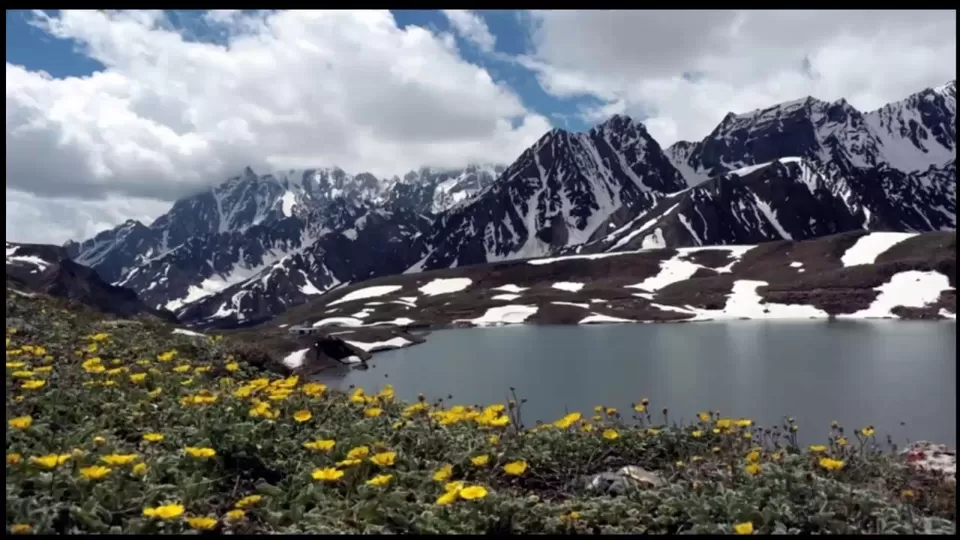
What is the Best Time to Visit Om Parvat and What are the Tips for Travellers?
Om Parvat has different seasons and weather conditions that affect its visibility, accessibility, temperature, rainfall, snowfall, etc. The best time to visit Om Parvat depends on various factors such as your preference, purpose, and availability.
- The best time to visit Om Parvat for trekking and camping is from May to October. This is the summer and monsoon season when the weather is pleasant, the snow melts, the flowers bloom, and the permits are available. However, this is also the peak season when there are more crowds, higher prices, and chances of landslides.
- The best time to visit Om Parvat for photography and meditation is from November to April. This is the winter season when the weather is cold, the snow accumulates, the flowers wither, and the permits are not available. However, this is also the off-season when there are fewer crowds, lower prices, and better views.
Tips for Travellers
Om Parvat is a place that requires careful planning and preparation before visiting. Here are some useful tips for travellers who want to visit Om Parvat:
- Plan your trip well in advance and book your tickets, accommodation, permits, guides, porters, cooks, mules, etc. accordingly. You can also contact a travel agency or a pilgrimage organization that can arrange everything for you.
- Pack your bags wisely and carry all the necessary items such as clothes, shoes, socks, gloves, hats, sunglasses, sunscreen, lip balm, medicines, first aid kit, food, water, snacks, energy bars, dry fruits, nuts, chocolates, etc. for your trip. You can also buy or rent some items such as tents, sleeping bags, mats, stoves, utensils, etc. from the local shops or campsites.
- Follow the rules and regulations of the authorities and respect the local culture and customs of the people. Do not litter or harm the environment or wildlife of Om Parvat and its surrounding places. Do not take any photos or videos of the military or border areas without permission. Do not indulge in any illegal or immoral activities such as drugs, alcohol, gambling, etc.
- Be prepared for any emergencies or contingencies that may arise during your trip such as bad weather, health issues, roadblocks, etc. You can contact the nearest police station, hospital, or embassy for help. You can also carry a satellite phone, a GPS device, or a distress beacon for communication and navigation.
- Enjoy your trip responsibly and do not forget to have fun and make memories. You can also share your experience and feedback with us on our website, social media, or blog. We would love to hear from you and see your photos and videos of Om Parvat and its surrounding places.
Conclusion:
Om Parvat is a place that will leave you spellbound by its beauty, mystery, and spirituality. It is a place that will challenge you physically, mentally, and emotionally. It is a place that will reward you with unforgettable memories, experiences, and insights. It is a place that will connect you with nature, culture, and yourself.
If you are looking for a destination that offers you more than just a sightseeing tour, then Om Parvat is the perfect choice for you. It is a destination that will inspire you to explore, discover, and learn. It is a destination that will transform you in ways you never imagined.

